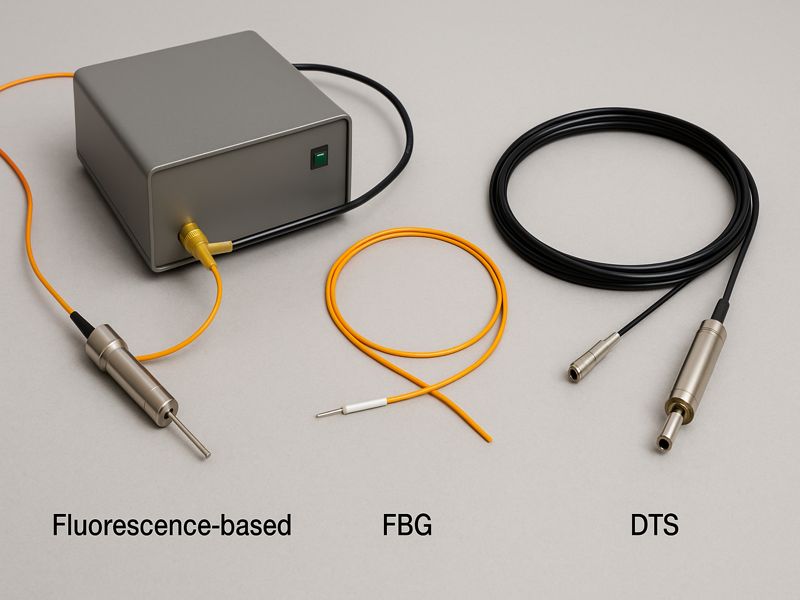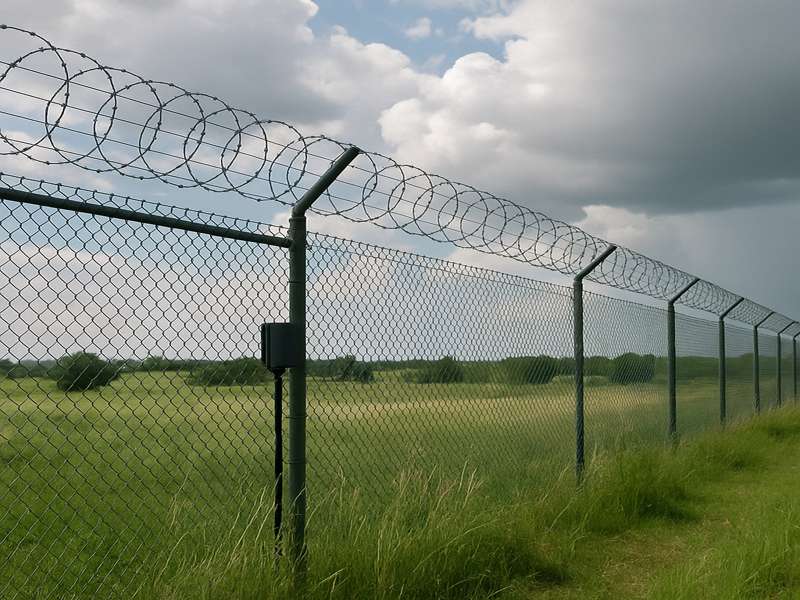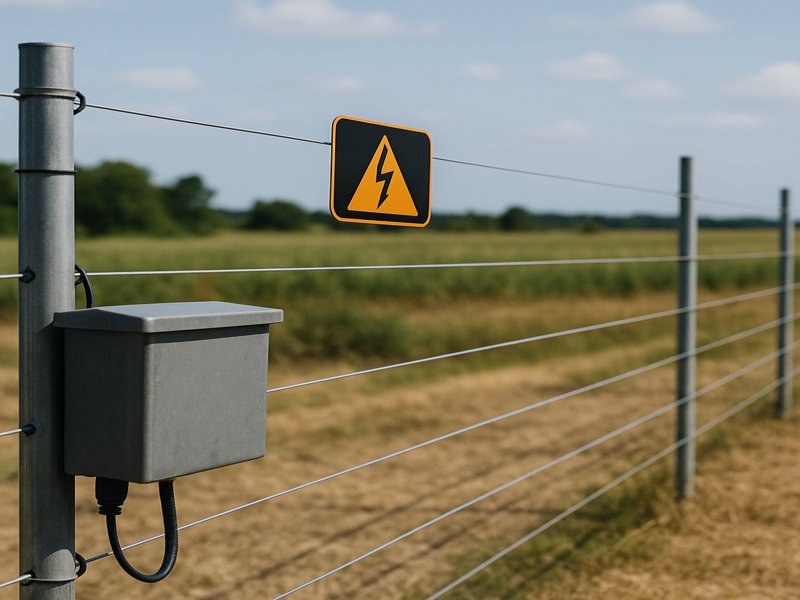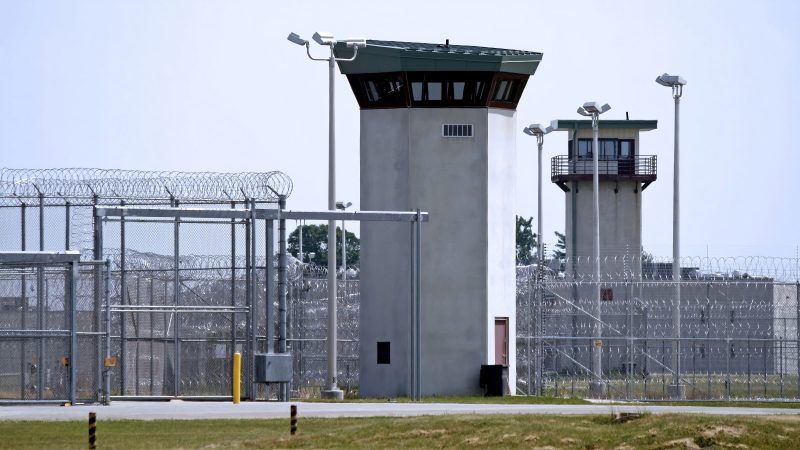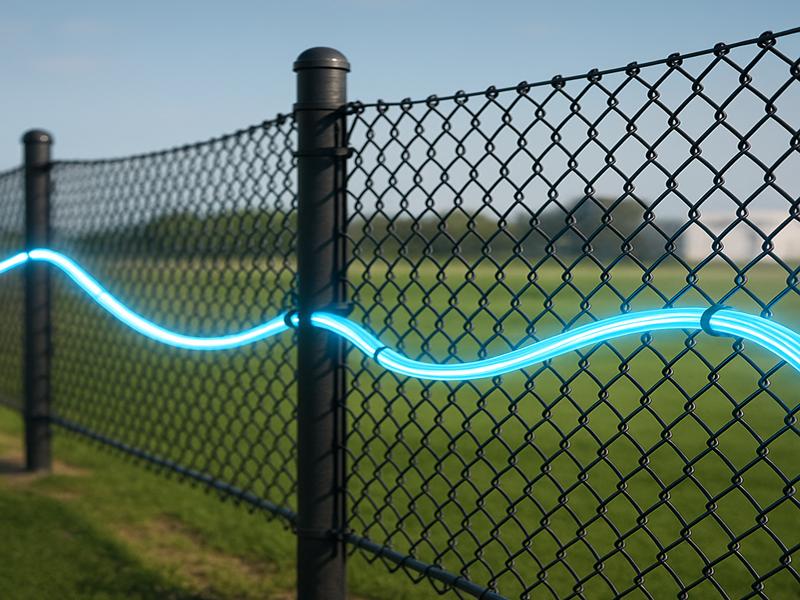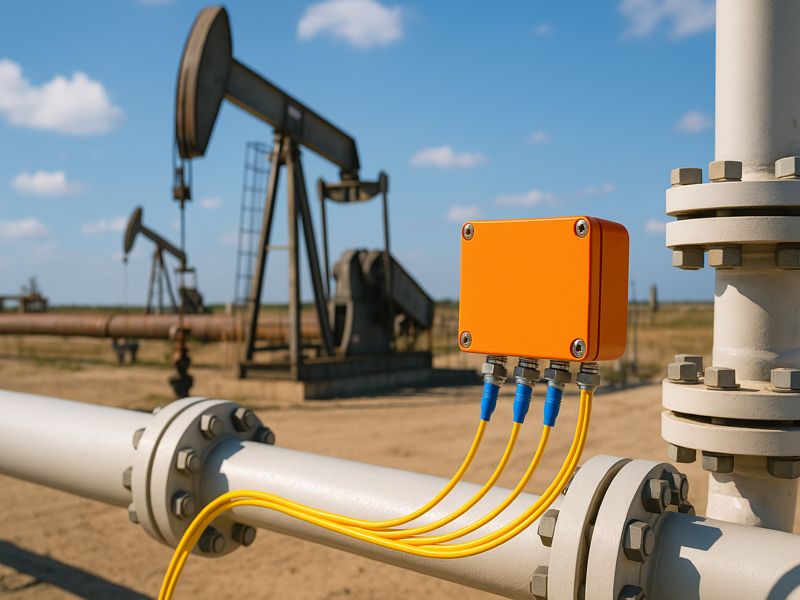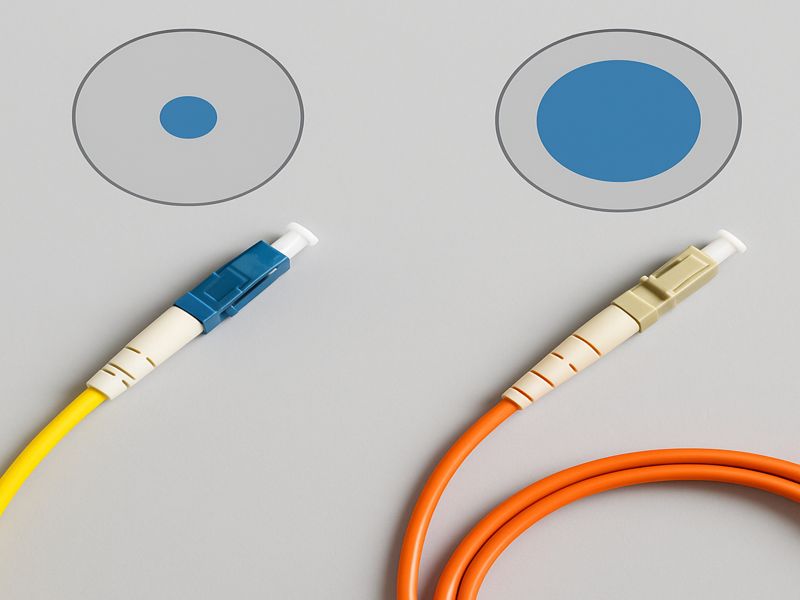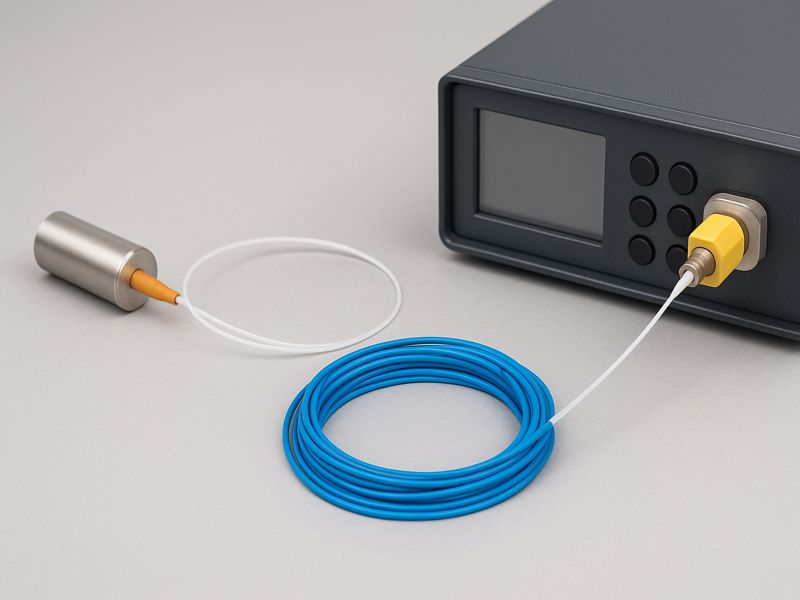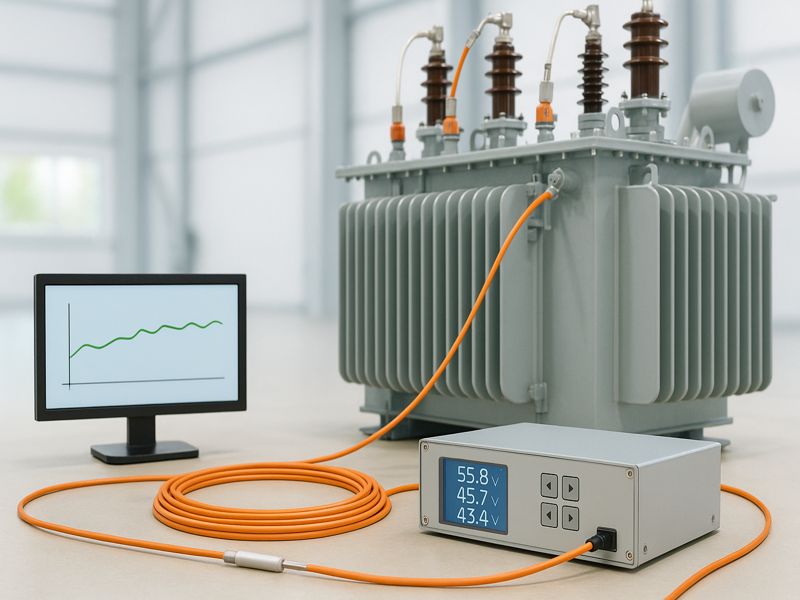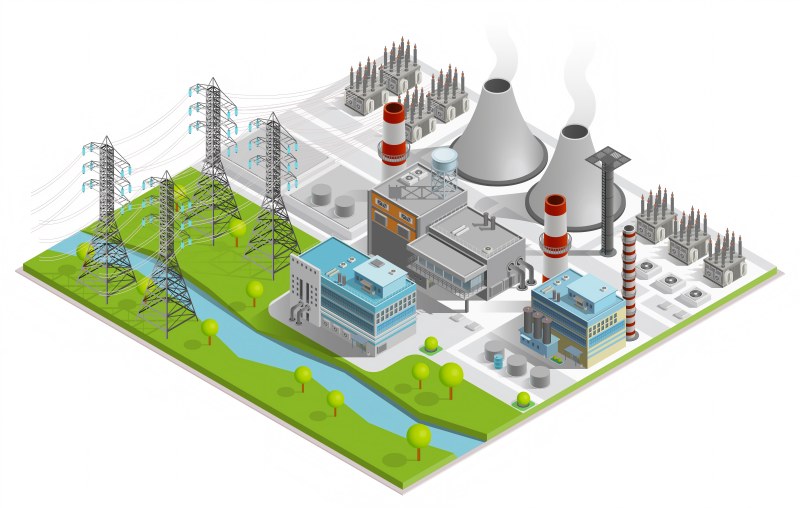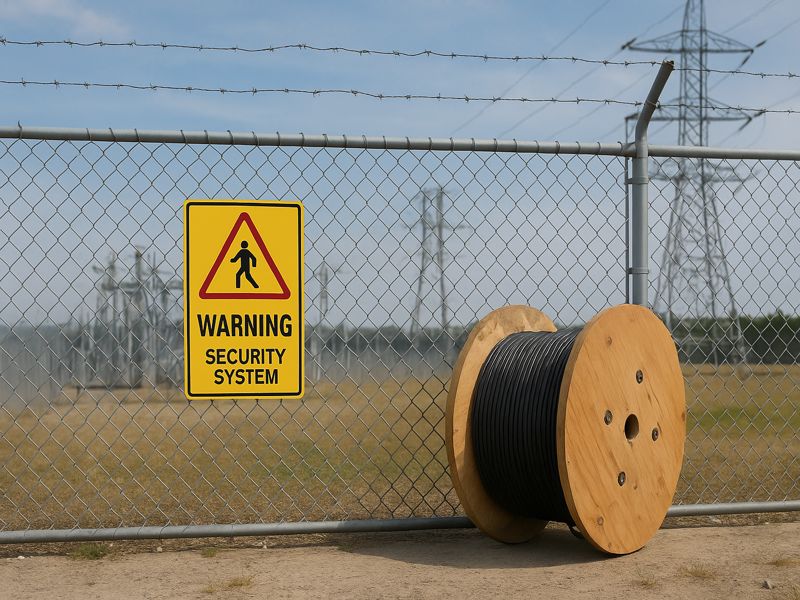As industries push for greater efficiency and safety, demand for advanced sensing has surged. Fiber optic temperature sensors (FOTS) have emerged as a transformative solution, using light instead of electricity for precise, interference-free monitoring in harsh, high-voltage, or explosive environments.
Choosing the right FOTS is essential—an incorrect match risks inaccurate readings or integration issues. Whether for power, oil, aerospace, or medical applications, proper selection ensures accuracy, reliability, and long-term performance.
Understanding Fiber Optic Temperature Sensors
Basic Working Principle
A fiber optic temperature sensor measures temperature by detecting changes in light transmitted through an optical fiber. These changes occur due to variations in physical properties such as refractive index, fluorescence decay, or Bragg wavelength shifts. Because the signal is optical rather than electrical, the system is immune to EMI (Electromagnetic Interference) and suitable for electrically noisy or hazardous areas.
Comparison with Traditional Sensors
Unlike thermocouples or resistance temperature detectors (RTDs), fiber optic sensors:
- Provide long-distance sensing (up to tens of kilometers).
- Operate safely in high-voltage or explosive environments.
- Offer multi-point or distributed sensing capabilities.
- Require minimal maintenance and recalibration.
Main Types of Fiber Optic Temperature Sensors
| Type | Principle | Temperature Range | Accuracy | Typical Application |
| Fluorescence-based | Measures the fluorescence decay time of the doped material | −200 °C to +450 °C | ±0.5 °C | Aerospace, cryogenic, R&D |
| FBG (Fiber Bragg Grating) | Detects wavelength shift from Bragg reflection | −40 °C to +300 °C | ±0.2 °C | Transformers, motors, medical |
| DTS (Distributed Temperature Sensing) | Uses Raman/Brillouin backscatter for continuous temperature mapping | −40 °C to +600 °C | ±1 °C per km | Pipelines, tunnels, cables |
Each type excels in specific conditions. FBG sensors deliver high precision at localized points, while DTS offers real-time profiling across long distances — ideal for infrastructure and process industries.
Key Selection Criteria
Choosing the right fiber optic temperature sensor requires balancing multiple technical and environmental factors. Below are the most critical parameters to evaluate.
Temperature Range and Sensitivity
Different sensors handle different temperature extremes. Fluorescent-based sensors perform well at ultra-low or ultra-high temperatures, while FBGs are optimized for moderate industrial ranges. Always match the sensor’s operational limit with your process requirements to avoid signal drift or damage.
Number of Measurement Points
If you need a few discrete readings (e.g., transformer hotspots), an FBG sensor array is sufficient. However, if your goal is continuous monitoring along a 10 km pipeline, a DTS system is necessary. Understanding whether your application requires point, multi-point, or distributed sensing is a key decision factor.
Installation Environment
Temperature sensors are often deployed in demanding conditions: high vibration, strong electromagnetic fields, or exposure to chemicals. Choosing the right fiber coating — such as polyimide for high-temperature tolerance or stainless-steel armoring for mechanical protection — ensures longevity.
Accuracy and Resolution
Precision matters in industries like aerospace or semiconductor manufacturing, where even minor temperature variations can cause material expansion or electronic drift. High-quality FBG sensors can achieve sub-degree accuracy, while DTS provides broader but less fine-grained data.
Response Time
In dynamic environments (e.g., engine testing or turbine monitoring), response time is critical. FBG sensors typically offer millisecond response, ideal for capturing transient events, whereas DTS response time is slower due to signal averaging along the fiber length.
Compatibility with Existing Systems
Integration ease affects the total cost of ownership. Verify that the optical interrogator supports your desired sampling frequency, communication protocol (Ethernet, Modbus, etc.), and software interface for SCADA or predictive-maintenance systems.

Sensor Type vs. Application Matrix
The following matrix summarizes which sensor types fit common industrial uses.
| Application | Recommended Sensor Type | Why It Fits |
| Power Transformers | FBG | Detects localized hot-spots, immune to EMI |
| Oil Wells | DTS | Monitors distributed temperature over kilometers |
| Aerospace Engines | Fluorescence | Ultra-fast response, compact form factor |
| Medical Devices | Mini FBG | Biocompatible, precise at the small scale |
| Power Cables & Tunnels | DTS | Continuous thermal mapping for fault detection |
| Nuclear Facilities | Radiation-hardened FBG | Resists radiation and high heat |
By aligning sensor type with your environment, you can prevent over-engineering (and overspending) while ensuring reliability.
Environmental and Operational Considerations
The surrounding environment has a direct impact on sensor durability and performance.
Fiber Coating Materials:
- Polyimide – Excellent for high-temperature (up to +400 °C).
- Acrylic – Flexible and cost-effective for general use.
- Metal-coated fibers – Provide superior mechanical and chemical resistance.
Pressure & Radiation:
In nuclear or deep-sea settings, sensors must endure pressure fluctuations and radiation exposure. Specialized fiber types such as radiation-hardened silica fibers are essential.
Moisture & Chemical Protection:
Chemical plants or subsea systems require hermetically sealed connectors and protective sheaths to prevent water ingress or corrosion.
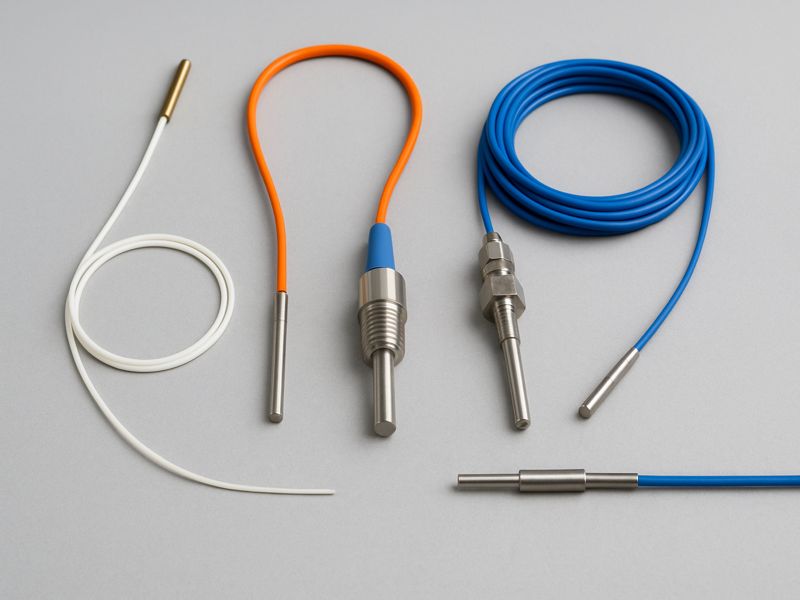
Connectivity to Monitoring Systems
Hardware and software must work together seamlessly for modern sensor systems to function.
Optical Interrogators
The interrogator converts optical signals into digital temperature data. Selection factors include:
- Wavelength range and resolution
- Sampling rate (up to 1 kHz for fast systems)
- Channel capacity (number of sensors)
Data Acquisition and Analytics
Fiber optic systems are often tied into SCADA or predictive maintenance software. Real-time analytics can flag anomalies, enabling condition-based maintenance instead of reactive repair.
Calibration and Accuracy Assurance
Even optical sensors require periodic calibration to ensure stability. Some manufacturers offer automatic recalibration algorithms or reference FBGs embedded within the fiber network.
Trade-offs between Cost and Performance
Although fiber optic sensors are more expensive initially, they usually save downtime and maintenance costs.
| Configuration | Initial Cost | Accuracy | Maintenance | Typical Use |
| Single FBG | Low | ±0.2 °C | Minimal | Laboratory, transformer monitoring |
| Multi-FBG Array | Medium | ±0.3 °C | Low | Industrial automation |
| DTS System | High | ±1 °C | Very Low | Pipelines, tunnels, power cables |
A cost-benefit analysis helps determine ROI. For instance, in a power plant, installing FBG sensors may prevent a transformer failure that could cost millions in repairs and downtime. Thus, long-term savings often outweigh initial investment.
Certification and Reliability Standards
To ensure compliance and interoperability, consider the following standards:
- IEC 61757 – Defines testing and calibration for fiber optic sensors.
- IEEE C57.148: Recommendations for transformer temperature monitoring.
- The ASTM E2847 standard pertains to distributed fiber optic sensing.
- MIL-STD-810 – Environmental testing for aerospace and defense sensors.
Choosing certified products not only guarantees performance but also simplifies procurement for regulated industries such as oil & gas or nuclear power.
Choice of Suppliers and Customization Possibilities
In addition to the sensor itself, your supplier’s dependability is crucial.
Technical Expertise
Choose suppliers that offer in-house optical design, calibration, and signal-processing expertise. This ensures faster troubleshooting and tailored system integration.
Custom Sensor Design
Many applications require customized features:
- Miniaturized sensors for confined spaces.
- High-temperature coatings for furnaces.
- Multi-point arrays for specific geometries.
Customization enhances both performance and durability in specialized conditions.
After-Sales Support
Reliable technical support — calibration assistance, training, software updates — can dramatically improve the lifespan and reliability of your sensing system.
Real-World Examples
Power Plant Transformer Monitoring
A thermal power plant installed FBG sensors inside transformer windings. Compared with traditional RTDs, the system provided a 25% faster response time and reduced overheating-related failures by 40% within a year.
Oil & Gas Pipeline Monitoring
A 30-kilometer DTS system was deployed to monitor a crude-oil pipeline. The continuous temperature profile helped detect leaks in real time, preventing environmental contamination and saving millions in potential penalties.
Aerospace Engine Testing
Fluorescence-based fiber optic sensors were used in turbine blade testing, capturing transient thermal spikes at microsecond resolution — data critical for optimizing engine cooling designs.
Future Trends in Fiber Optic Temperature Sensing
As industries embrace Industry 4.0, the next generation of FOTS is shifting toward smarter, integrated, and data-driven designs:
- AI-assisted temperature prediction using machine learning models trained on sensor data.
- Hybrid sensing systems combining FBG with strain or vibration monitoring for full structural insight.
- Miniaturized and flexible fiber sensors for wearables and biomedical devices.
- IoT-ready optical nodes for remote monitoring across large industrial networks.
These developments offer increased precision, reduced expenses, and wider industrial sector applications.
A wise investment in dependability and security is made by selecting the appropriate fiber optic temperature sensor. By assessing range, sensing points, environment, accuracy, and system compatibility, engineers can ensure optimal performance. In critical sectors like power, aerospace, and oil exploration, proper selection safeguards assets and boosts insight. With ongoing advances in fiber materials, interrogators, and AI, fiber optic sensing will continue driving industrial innovation.
